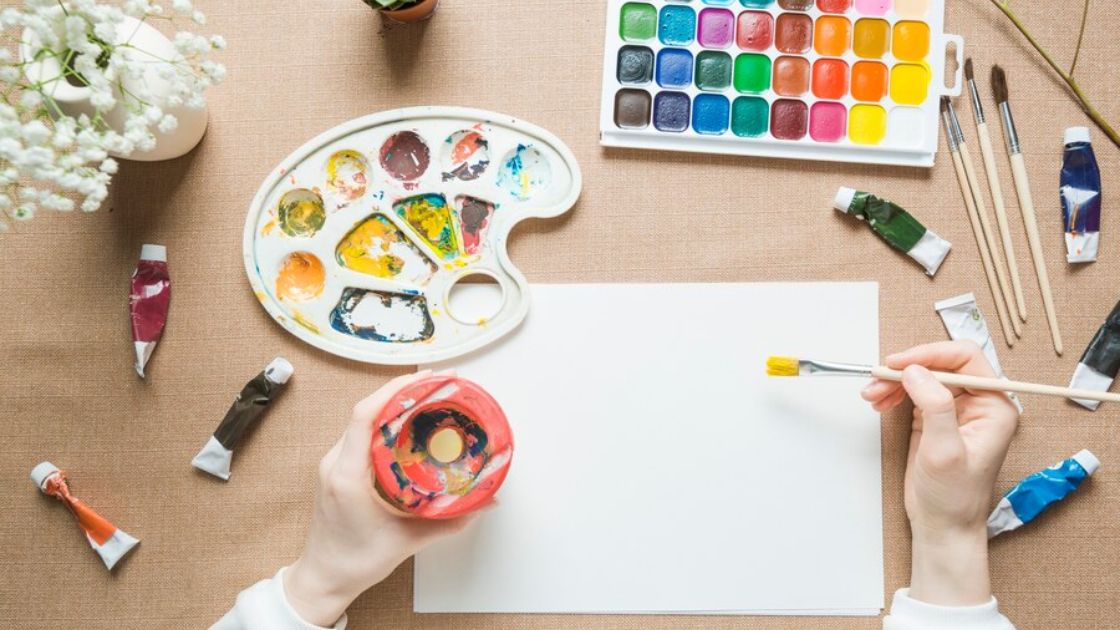Drawing, like a secret language, whispers across paper and canvas, bridging gaps that words cannot. Whether you’re a fledgling artist or a seasoned sketcher, the journey to mastery is both exhilarating and humbling. In this extended exploration, we’ll delve deeper into the art of drawing, unraveling its mysteries, and igniting your creative spark.
What Are Drawing Skills?
Drawing skills are the alchemical blend of technique, intuition, and observation. They transcend mere pencil strokes; they are the silent architects of visual storytelling. Let’s dissect these skills:
Observation
Like a detective, an artist observes the world – its contours, shadows, and fleeting moments. It’s about seeing beyond the obvious, capturing the essence of a scene, and translating it onto paper.
Proportions and Perspective
The artist’s eye measures and recalibrates. Proportions matter-the tilt of a head, the curve of a petal, the angle of a building. Mastery lies in understanding how these elements harmonize.
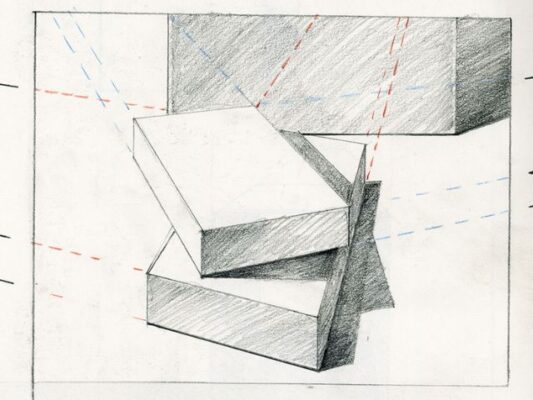
Shading and Value
Light dances on surfaces, casting shadows and highlights. Shading techniques – cross-hatching, stippling, blending – give life to flat lines. Value – the spectrum from light to dark – creates depth.
Line Quality
A single stroke can convey emotion – a hesitant line, a confident curve. Contour lines define shapes, while gestural lines capture movement and energy.
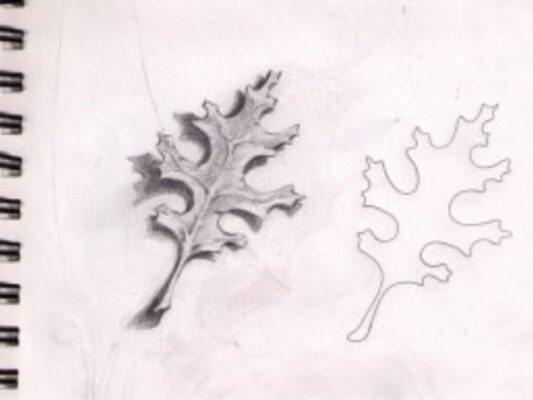
Composition
The artist orchestrates chaos. Composition balances elements – foreground and background, negative space, and leading lines. It’s the silent symphony that guides the viewer’s eye.
5 Tips To Elevate Your Drawing Skills
Train Your Eyes: The Art of Seeing
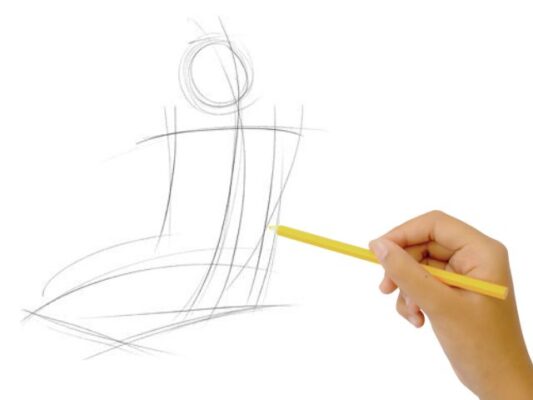
- Gestalt Shapes: Before dissecting details, perceive the whole. Squint your eyes; see shapes emerge—the curve of a vase, the silhouette of a tree.
- Gesture Sketches: Practice quick, fluid sketches. Capture the essence of a pose or object in seconds. These sketches train your eyes to simplify complexity.
Trace, Learn, Create
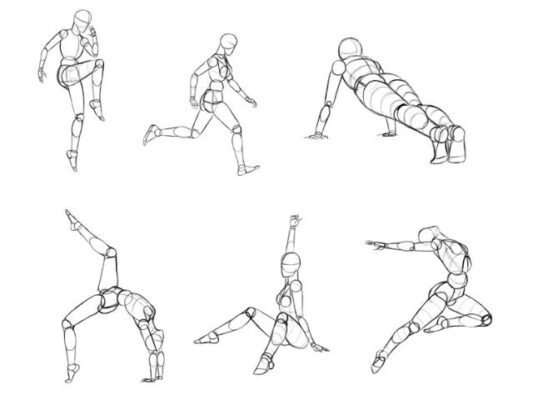
- Tracing as a Foundation: Tracing isn’t cheating; it’s apprenticeship. Trace masterpieces to understand their construction. Learn how lines intersect, and how forms emerge.
- Graduate to Freehand: Once grounded, step away from the crutch. Draw freehand, applying the lessons learned. Tracing is the cocoon; freehand, the butterfly.
Value: The Soul of Your Drawing
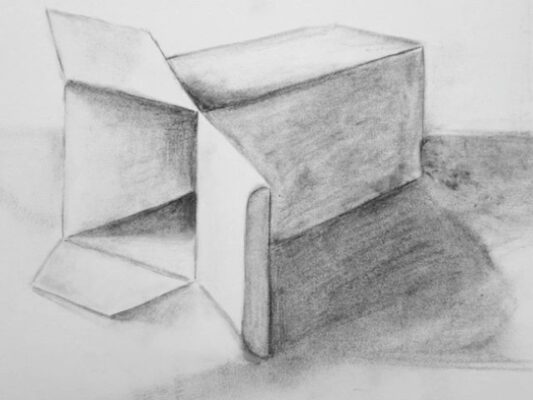
- Master the Gradient: Understand gradations—from stark white to inky black. Experiment with graphite, charcoal, or ink. Value transforms flat sketches into three-dimensional wonders.
- Study Light and Shadow: Observe how light caresses objects. The play of highlights and cast shadows reveals form. Squint; see the world in grayscale.
Proportions: The Architect’s Blueprint
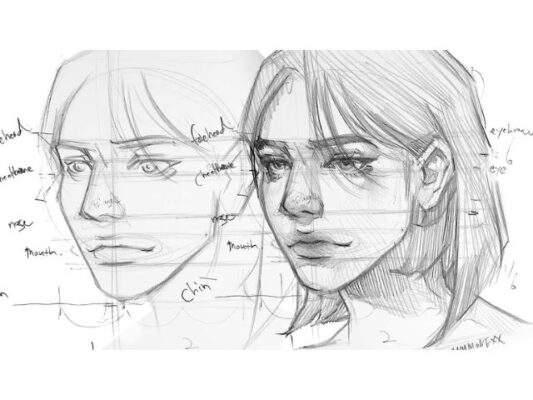
- Golden Ratios: Nature follows mathematical patterns. The golden ratio (1.618) guides proportions. Apply it to faces, bodies, and landscapes.
- Measure and Adjust: Step back, and assess. Is the nose too long? Are the eyes aligned? Adjust until harmony sings.
Embrace Curiosity and Experimentation
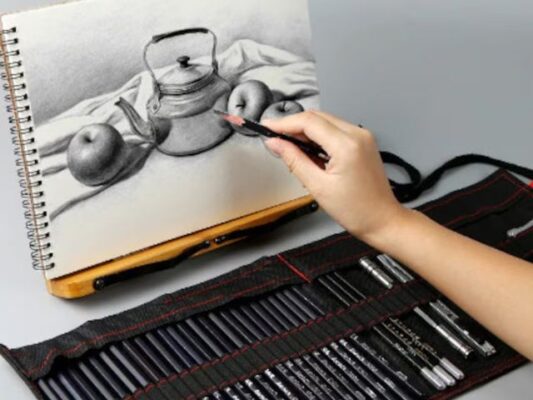
- Try New Tools: Swap pencils for charcoal, or canvas paper. Dive into digital art or explore watercolors. Each medium whispers its secrets.
- Learn from “Mistakes”: Every smudged line, every misplaced stroke teaches. Embrace imperfections—they’re stepping stones to mastery.
Some Advice
- Consistency: Like watering a sapling, draw daily. Even a few minutes nurture growth.
- Keep a Visual Diary: Sketch your morning coffee, a stray cat, or a forgotten shoe. These fragments weave your artistic tapestry.
- Learn from the Masters: Study Da Vinci’s anatomy, Van Gogh’s brushwork, and O’Keeffe’s abstraction. Their whispers echo through time.
Improving your drawing skills isn’t a sprint; it’s a meandering trail. Each stroke adds a layer, each mistake a lesson. So, wield your pencil like a wand, conjure worlds, and let your lines breathe. Remember, the journey is a masterpiece.
Related Posts

